Running an airport has an impact on the environment. The airport operator contributes to reducing noise, greenhouse gases, energy consumption and waste as well as to protecting surrounding waters and biodiversity. However, the degree of our influence differs. Where we can affect the environmental impact we decrease it consequently. After all, environmental protection is integrated as a strategic corporate goal of Stuttgart Airport.
Our environmental policy as part of the fairport code is binding for all employees. We monitor, control and improve our corporate environmental performance with our environmental management system which is audited according to the Eco Management and Audit Scheme (EMAS).

Destination STRzero
Stuttgart Airport is taking decisive steps for climate protection. In line with its fairport mission, the airport is striving to become one of the enduringly best-performing and most sustainable airports in Europe. From this, the airport has derived its climate strategy Destination STRzero. STR acts on seven principles to protect the planet.
Destination STRzeroAll facts and figures of our environmental activities as well as our future goals are disclosed in the current report. The publication includes our environmental statement which was audited according to strict EMAS-criteria.
Depart. Report 2023 (in German)To everyone who wants to know exactly what's going on: book a guided airport tour with a focus on sustainability! Experience up close which actions the airport takes for climate and noise protection or with its energy management.
Guided toursNet zero carbon emissions by 2040
As expressed through the international climate agreement in Paris the world community intends to limit global warming caused by greenhouse gases to well below 2°C and possibly to 1.5°C. Like nearly every business, airport operations produce emissions that contribute to climate change. Stuttgart Airport recognizes its responsibility to further improve its carbon footprint and to reduce its environmental impact to a minimum.
The airport is accelerating towards climate protection with two reduction targets: we intend to reduce our greenhouse gas emissions by 85 percent by 2030 as compared to 1990. By 2040 Stuttgart Airport’s operations are to be net zero. Up until now, we already managed to reduce 42 percent of our direct emissions.
The challenging plan is to be realized through efficiency and reduction projects on the compound. Specifically, this means that the electric fleet will have to be continuously increased, more electricity will have to be produced from alternative sources and energy storages massively expanded. Beyond that new buildings and refurbishments have the potential to save energy and decrease CO2 emissions.
For Stuttgart Airport to achieve STRzero by 2040, we count on technological innovations (i.e. for a more efficient energy production in solar plants and better storage facilities) to be introduced in the coming 20 years.
Carbon reduction path until 2040 Destination STRzeroClimate protection & energy
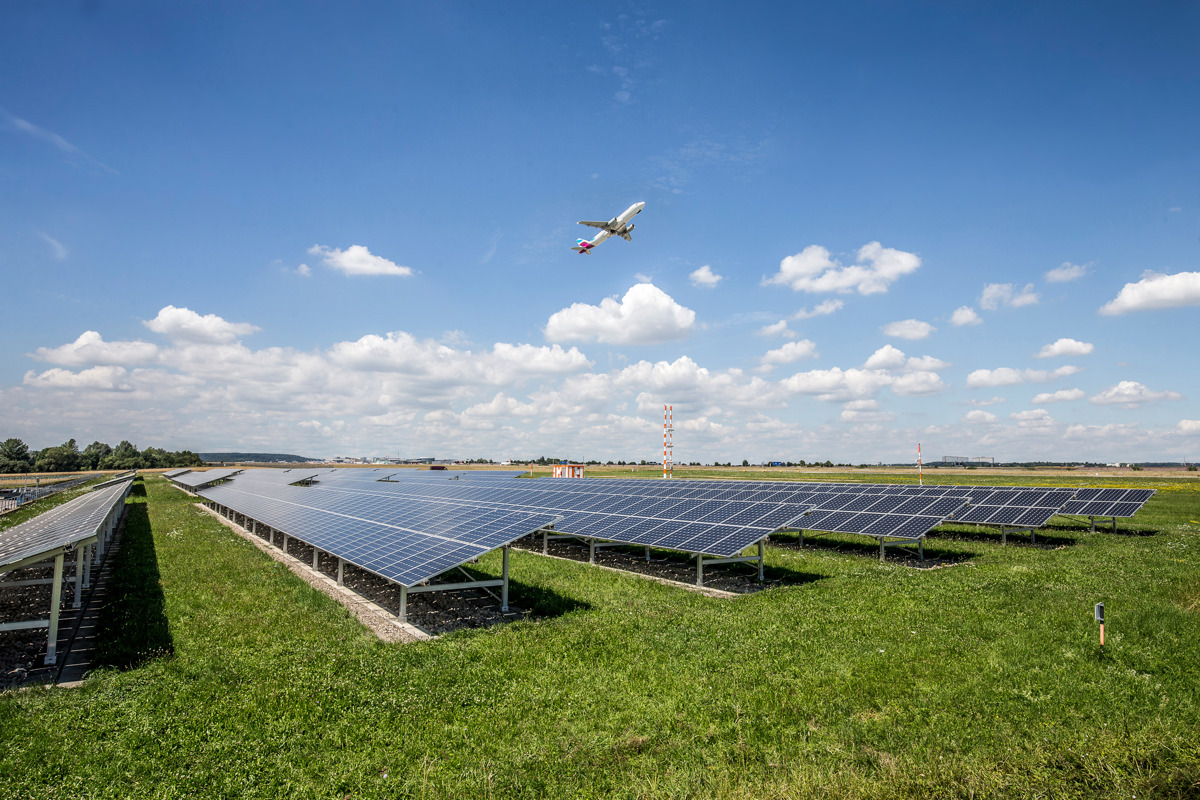
Climate protection in aviation is a task that we need to work on together. The airport operator is committed to act wherever he can and strives towards a a net zero business by 2040. We improve the energy efficiency of our facilities, pursue a systematic energy management and invest in zero-emission mobility.
The airport produces its own eco-friendly power in solar plants on the compound. They produce energy on a surface of more than 17,000 qm. Energy that we do not produce at the airport is purchased to 100 percent from renewable sources.
Stuttgart Airport runs its passenger and baggage transport on the ramp entirely with nearly silent and zero-emission drives. Besides electric passenger busses and baggage tugs our charging stations are used by the airport’s battery-powered vans, cargo tugs, conveyor belts and a highloader. All vehicles that are not yet electrified are refueled with a synthetic diesel. Compared to fossil diesel the synthetic fuel emits significantly less air pollutants when burned and we offset the carbon emissions of its production.
E-mobility at Stuttgart Airport (in German) STR efleet (in German)Active on the ground and in the air
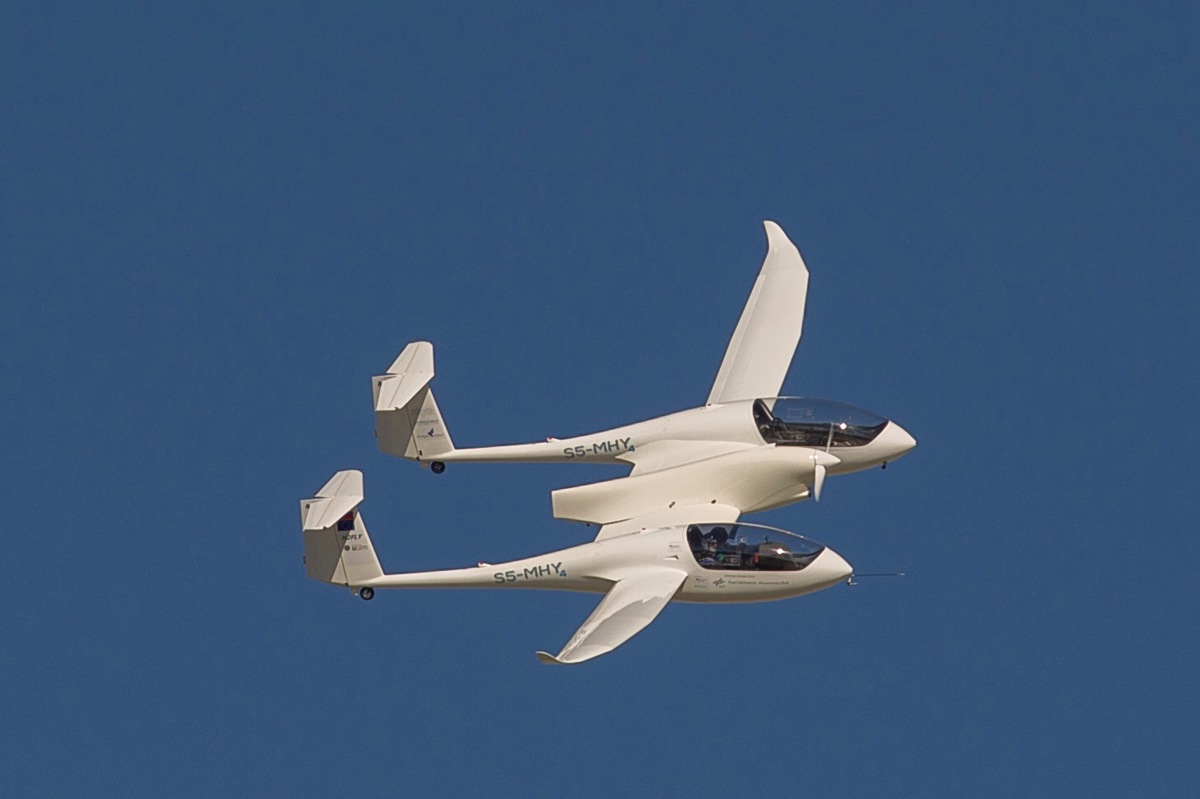
In cooperation with airlines, ground handling partners and German Air Traffic Control Authorities (DFS) Stuttgart Airport optimizes taxi times of airplanes with a program called Airport Collaborative Decision-making (A-CDM). The results of the first year of implementation show that fuel consumption of the airplanes on the ground has been reduced and 740 tons of CO2 emissions have been cut down.
The airport operator has little influence on emissions caused by aircrafts. However, Stuttgart Airport supports and funds new technologies that will reduce the emissions produced by planes in the future. Hy4, an emission-free airplane powered by a fuel cell and batteries, had its worldwide first flight at Stuttgart Airport in September 2016. Right now a team of developers is working on a 30-seater with the same technology.
Airport Collaborative Decision Making (A-CDM) H2FLY - emission-free flightsAirport Carbon Accreditation

Our systematic environmental management and the application of new technologies are important tools for us in reducing CO2 emissions on the ground and in the air. For our accomplishments so far we reached the optimisation level at the Airport Carbon Accreditation (ACA), a climate protection initiative developed by ACI Europe, the trade representative of European airports. The programme certifies the carbon management of airports in six levels: “Mapping”, “Reduction”, “Optimisation”, “Neutrality", "Transformation" and "Transition".
Airport Carbon Accreditationclimate-conscious travelling
Mobility is essential, but also related to climate-damaging emissions. Flying causes greenhouse gases, which contribute to climate change. Global air traffic is responsible for 3-5% of man-made global warming. Passengers, who want to reduce their climate footprint, can already do so at Stuttgart Airport.
Tips for climate-conscious travellingEnvironment & Resources
In terms of environmental protection it is our aspiration at Stuttgart Airport to not only comply with legal environmental requirements but to outperform them. We aim to continuously reduce our ecological footprint by investing in an eco-friendly waste management, the protection of surrounding waters and the preservation of biodiversity on the airport site.
Disposal and recycling
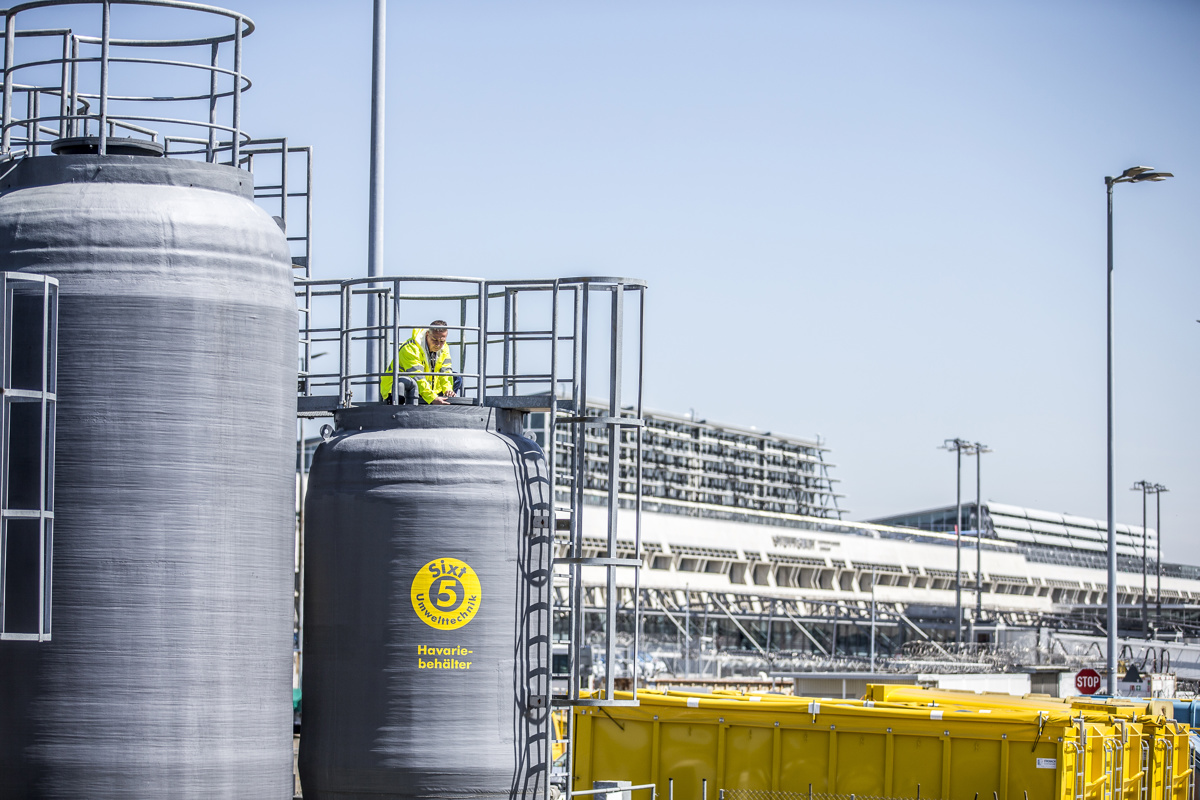
Where possible we try to avoid waste – corporate guidelines for purchasing provide for that. 99 percent of the generated waste at the airport is disposed. This rate is on a high level for years. Around 60 different sorts of waste are separated in-house at the airport’s own waste management center.
Water protection
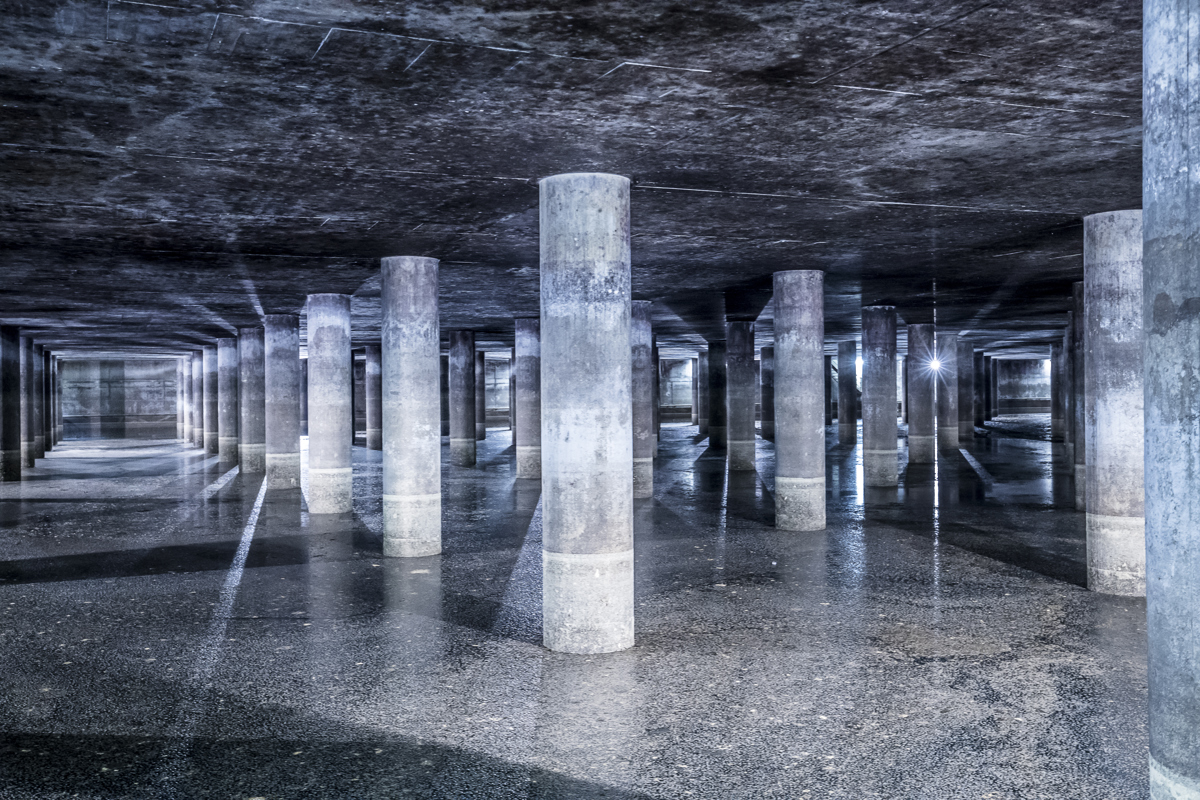
Since the 1990s Stuttgart Airport has invested more than 120 million euros in the protection of ground water and public waters, which steadily improved in quality. In order to protect the environment we only use biodegradable chemical de-icing agents when snow and ice cannot be mechanically removed. A wastewater treatment fee that is calculated according to the amount of deicer used per aircraft serves as an incentive to keep the processes as eco-friendly as possible without compromising on safety.
Sustainable buildings
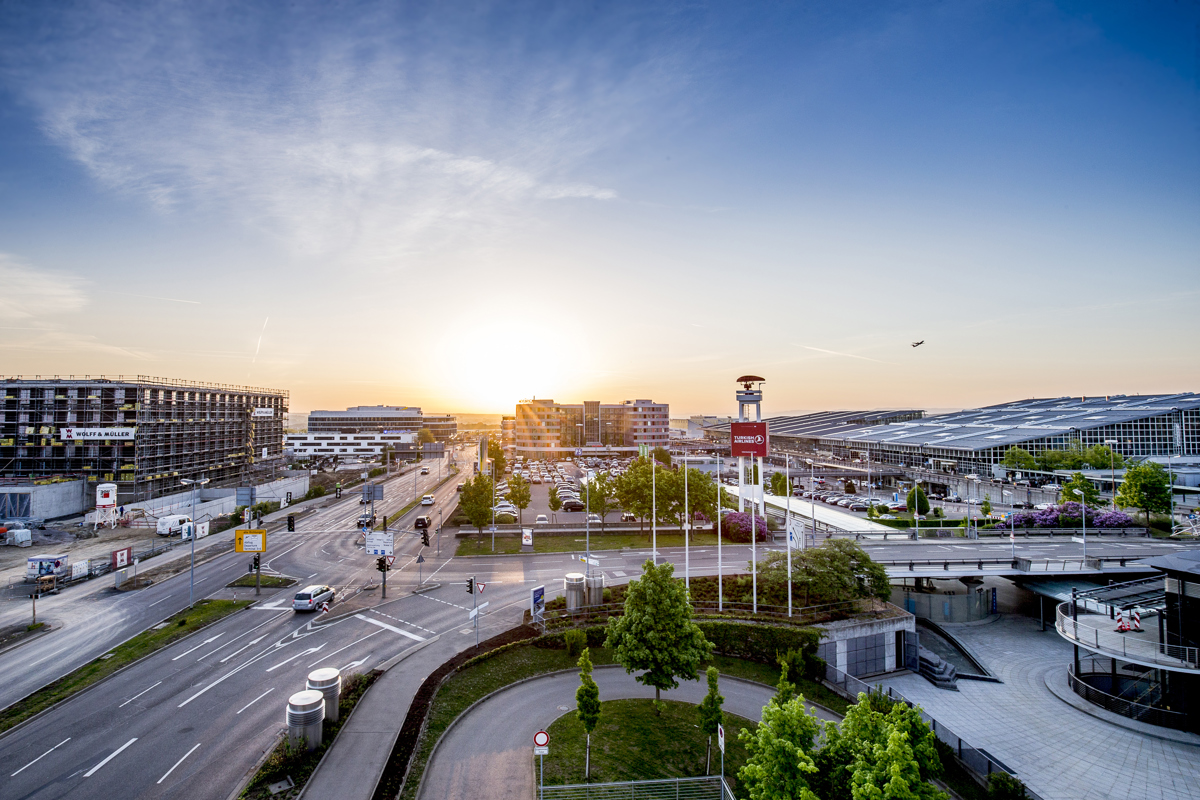
Stuttgart Airport is an attractive location for businesses. As the first airport corporation nationwide we had the whole quarter Stuttgart Airport City pre-certified according to the criteria of the German Sustainable Building Council - DGNB e.V. Besides technical and economic factors we emphasize ecological and sociocultural aspects in all our construction projects and integrate them in the planning.
Stuttgart Airport CityBIODIVERSITy
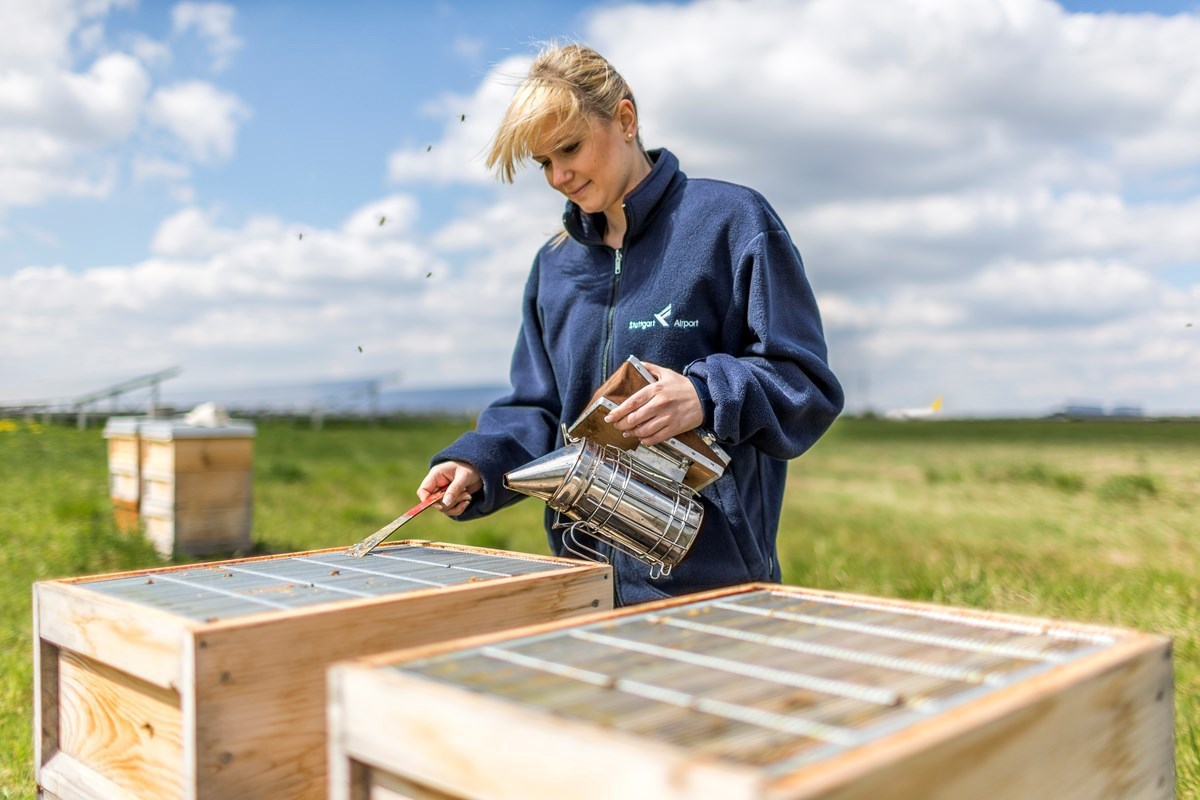
The oat grass and red fescue meadows on the airfield form the largest connected grassland habitat for about 70 different plant species and many animals in the Filder region. It covers about half of the 400 hectare-large territory. An annual bio-monitoring of the mowed grass by scientists of Hohenheim University shows that the meadows are unpolluted. The same is true for our airport honey which is produced by round about 600,000 bees that live on the east side and the west side of the runway.

